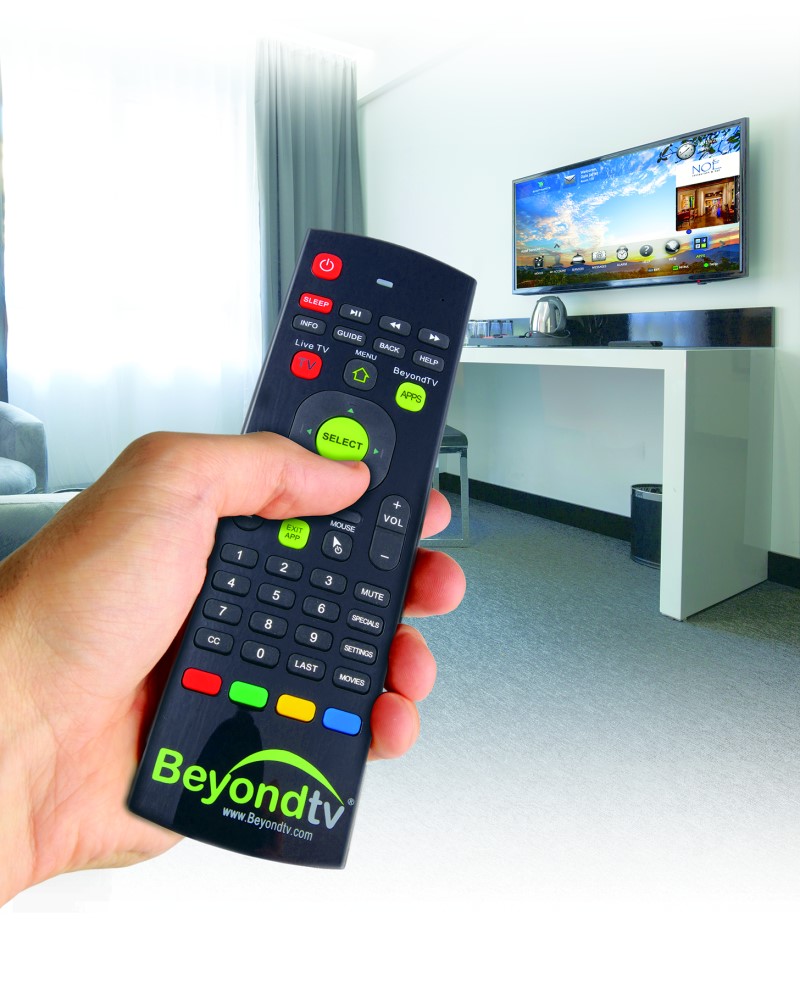What is “entertainment on demand?” It seems obvious, but according to Craig Snelgrove, VP of business development at satellite and DirecTV provider Bulk TV & Internet, every operator is asking this question. What was once a term used to describe TV offerings and video on demand has given way to a complicated web of solutions, from traditional cable TV to guest-facing apps.
“App usage on the TVs is very good right now,” Snelgrove said. “What people do in their house they want to do in the guestroom, so the [industry’s] investment into Wi-Fi networks is a big deal.”
Gary Wicka, B2B senior director of marketing at LG One, was one of the few to consider it an easy question, and said the guestroom is becoming a BYOC establishment—bring your own content.
“Everyone today has some sort of streaming service they subscribe to, and if a guest is binge-watching a show, they want to continue [that] on the road,” he said.
The process of allowing guests to log into their personal streaming service subscriptions presents tricky problems with a series of complicated solutions. Many of the largest concerns center on guest security during the login and check-out processes, but hotels have made strides toward achieving this goal, with many properties already offering streaming apps on the guestroom TV.

Vanessa Ogle, CEO of Enseo, a developer of set-top boxes and the only official partner of Netflix in the hospitality sector, expressed concerns regarding the industry’s ability to accommodate new technology to the degree that the market demands. She referred to the current state of network infrastructure in hotels as “archaic” in many places, and called for major upgrades in order to sustain the level of activity she anticipates in the near future.
“These are not technology companies, they are hospitality companies, so educating them on the importance of network infrastructure has been a challenge,” Ogle said. “However, we are in a world of difference today compared to a year ago, and hotels are on track for improvements.”
Upgrading a hotel’s bandwidth isn’t cheap, and it must be done frequently. However, while traditional video on demand generated direct revenue for a property through purchases, the need to access the hotel’s streaming services through the guestroom TV portal creates several opportunities for revenue generation. Jonas Tanenbaum, VP of sales and marketing for the hospitality TV division at Samsung Electronics America, suggested displaying advertisements for hotel activities in the TV portal, or a property even developing partnerships with local businesses to give them an outlet by means of revenue sharing.
In addition to the business opportunities available, Tanenbaum said hotels should look to embrace these streaming services in the near future for their ability to boost guest satisfaction scores.
“If a guest can do what they want to do and access technology more readily, then that guest is more likely to be a repeat customer,” Tanenbaum said. “It’s incumbent on us to allow guests to access the content they want.”
